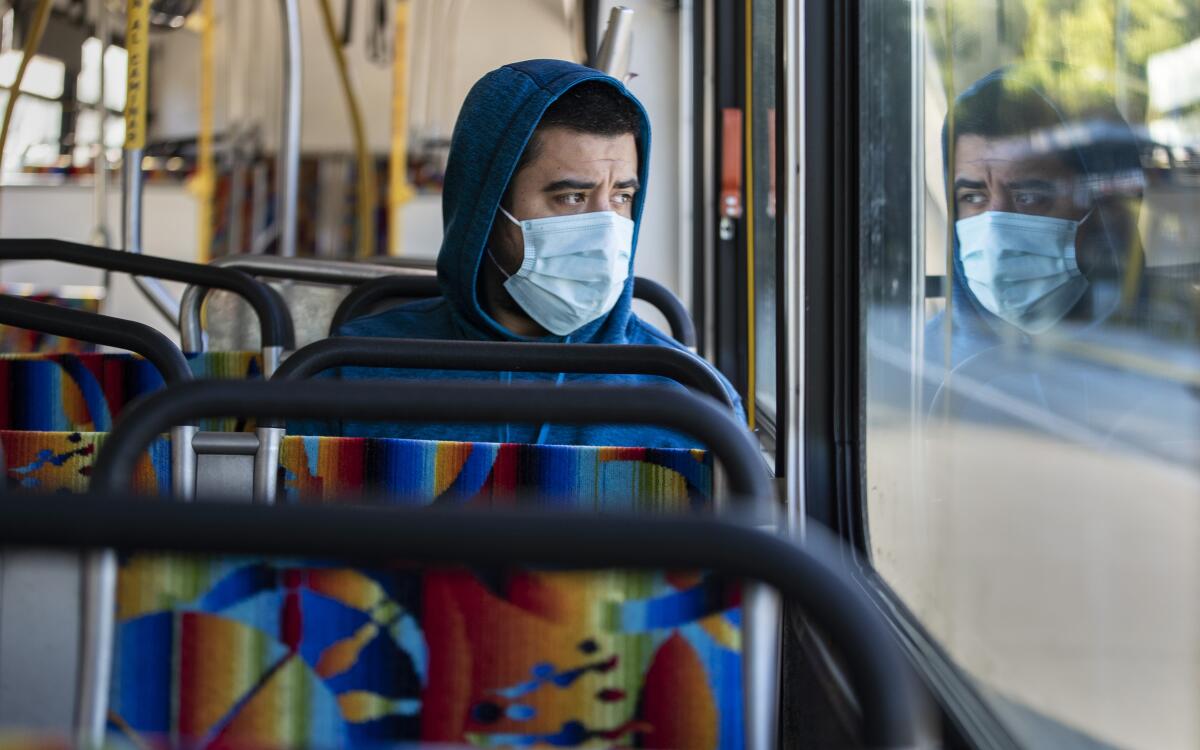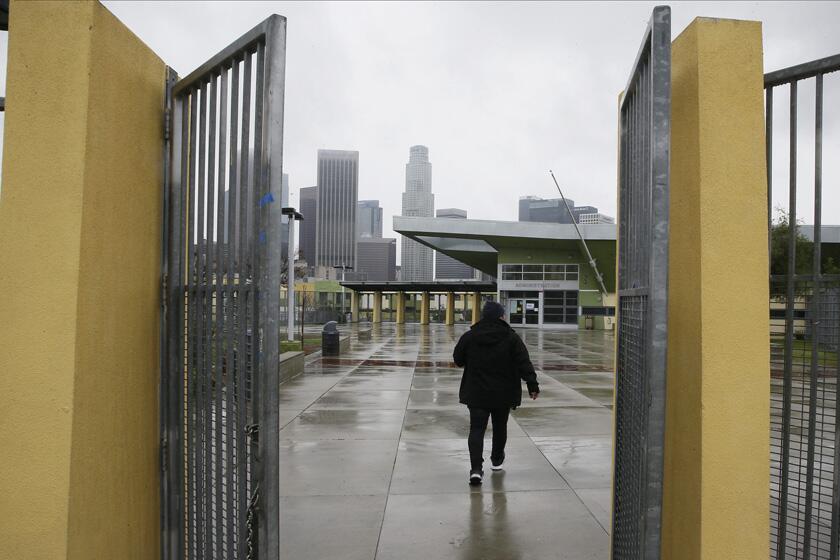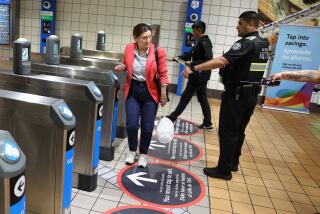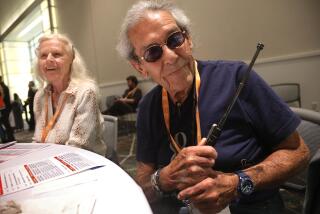Editorial: Caving in to car ownership

I bought my first car this week. It smelled like defeat.
One of the great paradoxes of Los Angeles is that a city so closely associated with American car culture once housed one of the nation’s most extensive networks of trolleys and streetcars. The demise of that system in the 1940s and 1950s is a sad but familiar story to any student of L.A. history.
Mindful of that fraught past, I resolved not to own a car when I moved to Los Angeles from New York nearly two years ago. I was inspired by David L. Ulin’s “Sidewalking: Coming to Terms With Los Angeles,” a meditation on learning this city through the eyes of a pedestrian. I joined the Los Angeles Conservancy and every one of its walking tours. I rented a bike to ride in CicLAvia. I was proud to live in a county that had twice voted — in 2008 and 2016 — to raise sales taxes to build light rail, rapid bus routes, and bike networks.
School boards and their superintendents needed clear direction, not the figure-it-out-yourselves philosophy that’s been coming from Sacramento and Washington.
I chose my neighborhood, downtown Los Angeles, based in part on its proximity to a Commuter Express line that goes straight to my workplace in El Segundo, with the Metro Silver Line and C Line as my backups. I took buses everywhere, filling weekends with epic journeys (by mass transit standards) — the No. 2 connecting Westwood to downtown, the No. 181 from Pasadena to Hollywood, the Metro Rapid 733 to Venice. The Expo Line was my route to exploring historic neighborhoods like Leimert Park and Crenshaw. On the rare occasions when public transit just wasn’t feasible, I took a shared Lyft.
But while Angelenos have supported Metro with their votes, most haven’t embraced it in their daily lives. Even before the pandemic, bus ridership had been falling. Buses are used largely by working-class immigrants who can’t afford a car, don’t know how to drive, or are unable to. Wheelchair users, homeless people and people with severe mental illness also depend on buses to reach vital services. These vehicles are a lifeline, but they’ve also become a danger zone, where rear-door boarding is required and riders fear cramped spaces. Metro keeps a tally of the hundreds of employees who’ve contracted COVID-19; a bus operator and a contract security guard have lost their lives to the pandemic.
At least for now, I’ll be staying away from Metro too, albeit reluctantly. After four months of working from home, I caved in and bought my first car, a used 2017 Prius. I drove it home from a Toyota dealership in Culver City on Tuesday, the same day I obtained my interim driver license from the DMV in South Los Angeles, where the lines snaked around the block.
The truth is, I have found driving nerve-wracking since I got my first license at age 18 in Queens, N.Y., a requirement for an internship in San Francisco. In the intervening decades — I’m 42 now — I lived in Washington, New York and London, where public transit is abundant. I had looked forward to riding in fully autonomous self-driving vehicles — in my retirement. The thought of operating a 3,000-pound machine — nowadays, a computer on wheels — still induces anxiety.
Car ownership in Los Angeles seems halfway between privilege and necessity. I feel lucky for the convenience a car affords, from grocery shopping to drive-through restaurants and retailers. And in this time of turmoil and hardship, I hope to find rejuvenation by driving to visit this region’s natural wonders. But I’m mindful that, in the long run, emissions and pollution make automobile culture unsustainable. It may be years from now, but I’m already looking forward to the day when I don’t have to pay Geico premiums and can once again wield my Metro TAP card without fear.
More to Read
A cure for the common opinion
Get thought-provoking perspectives with our weekly newsletter.
You may occasionally receive promotional content from the Los Angeles Times.












